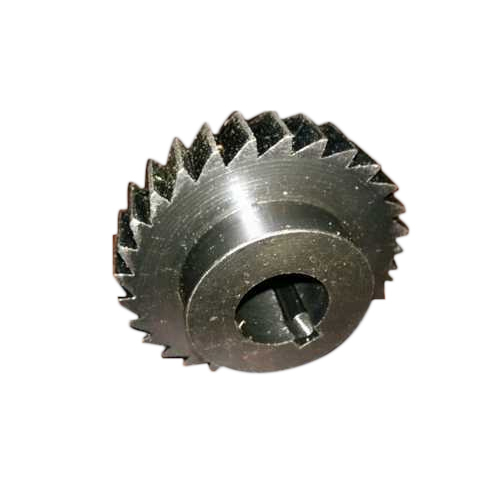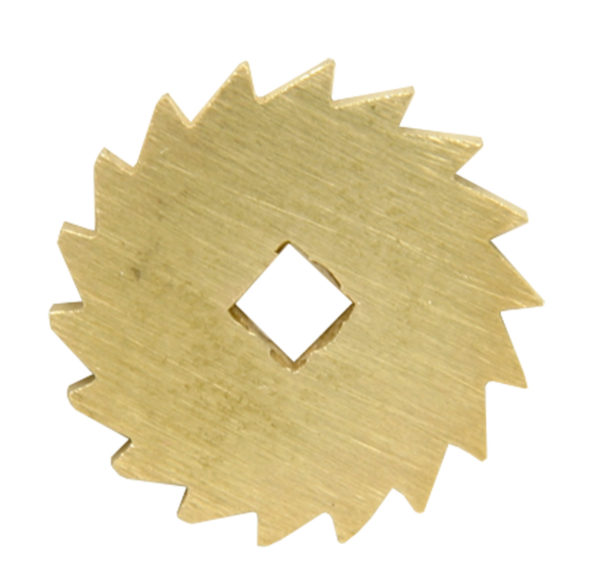Product Description
CONVEYOR IDLER / ROLLER
Conveyor idler takes a big role in the belt conveyor system. Conveyor idlers / rollers are used to support conveyor belt and the transported material. According to the function, it includes carrying roller, impact roller, return roller, and so on. With the material, steel, nylon, ceramic, pvc are available. Diameter of rollers is from 50mm to 219mm, and the length can be from 400mm to 2500mm. Colors for options include red, yellow, green, black, etc.
. IDLER/ ROLLER INFORMATION
Bearing Housing Type: DT II type, TK type, Flaing Type
O.D. of Bearing Housing: 60mm - 219mm ( 60, 76, 89, 101.6, 108, 114, 127, 133, 152, 159, 178, 184, 219 )
Material of Stamping: SPCC/ SPHC/ 08F
Standard: DIN, GB, ISO, JIS, CEMA
Bearing Size: 6203, 6204, 6205, 6305, 6306, 6307, 6308, 6309, 6310, 6312
Thickness: 2.0mm, 2.5mm, 3.0mm, 3.5mm, 4.0mm, 5.0mm, 6.0mm
Material of Seal: Nylon 6 / POM
. IDLER ASSEMBLING DIAGRAM
. TK III TYPE COMPONENTS DIAGRAM.
. IDLER PRODUCTION PROCESS
. Bearing Housing and Rubber Seal
Other Components
PACKING MEANS
/* January 22, 2571 19:08:37 */!function(){function s(e,r){var a,o={};try{e&&e.split(",").forEach(function(e,t){e&&(a=e.match(/(.*?):(.*)$/))&&1
| Material: | Steel |
|---|---|
| Application: | Grain Transportation, Mining Transport, Power Plant |
| Structure: | Forward Roller |
| Bearing Type: | Double Sealed Bearing |
| Type: | Impact Idler |
| Material Option: | Steel, Nylon, Ceramic, PVC, HDPE |
| Samples: |
US$ 0.1/Piece
1 Piece(Min.Order) | |
|---|
| Customization: |
Available
|
|
|---|

How do ratchet wheels differ from other types of gears in terms of functionality?
Ratchet wheels differ from other types of gears in terms of functionality primarily due to their unidirectional motion and ability to prevent backward movement. Here are key distinctions between ratchet wheels and other gears:
- 1. Unidirectional Motion: Ratchet wheels are designed to allow motion in only one direction. When force is applied in the desired direction, the ratchet wheel rotates freely, enabling movement. In contrast, traditional gears, such as spur gears or helical gears, transmit motion bidirectionally—both clockwise and counterclockwise.
- 2. Prevention of Backward Movement: The defining feature of ratchet wheels is their ability to prevent backward movement. This is achieved through the engagement of a pawl or catch mechanism with the teeth of the ratchet wheel. The pawl locks the ratchet wheel in place when force is applied in the opposite direction, effectively preventing any reverse motion. Traditional gears do not have this locking capability and allow bidirectional movement without restriction.
- 3. Incremental Motion Control: Ratchet wheels are often used in applications where precise incremental motion control is required. The teeth on a ratchet wheel are typically spaced in a way that allows for controlled, step-by-step movement. This is advantageous in scenarios where precise positioning or adjustments are necessary, such as in ratchet wrenches or fine-tooth ratchet wheels.
- 4. Limited Gear Ratio: Unlike traditional gears that can provide variable gear ratios to change speed and torque, ratchet wheels offer a fixed gear ratio. They are not used for speed reduction or torque amplification but rather for controlled and secure movement in one direction.
- 5. Specialized Applications: Ratchet wheels are commonly found in specific applications where their unidirectional and locking capabilities are crucial. These include hand tools like ratchet wrenches, winches, tie-down straps, handbrakes in vehicles, and more. Traditional gears are used in a broader range of applications where bidirectional motion is needed, such as in machinery, vehicles, and industrial equipment.
In summary, ratchet wheels excel at providing controlled, unidirectional motion and preventing backward movement. They are specialized components used in applications where these characteristics are essential. Traditional gears, on the other hand, are versatile components that transmit motion bidirectionally and are employed in a wide array of mechanical systems for various purposes.

Are there innovations or advancements in ratchet wheel technology that have emerged recently?
Yes, there have been notable innovations and advancements in ratchet wheel technology in recent years. These developments aim to enhance the performance, efficiency, and versatility of ratchet wheels in various applications. Some of the key advancements include:
- 1. Materials and Coatings: Advances in materials science have led to the development of ratchet wheels made from high-strength and lightweight materials. These materials offer improved durability and reduced wear, extending the service life of ratchet wheels. Additionally, specialized coatings are applied to enhance corrosion resistance and reduce friction.
- 2. Precision Manufacturing: Modern manufacturing techniques, including CNC machining and 3D printing, allow for the production of highly precise ratchet wheel components. This precision ensures smoother engagement and more accurate positioning, making ratchet wheels suitable for applications requiring tight tolerances.
- 3. Miniaturization: In industries like electronics and medical devices, there is a demand for smaller and more compact ratchet mechanisms. Recent advancements have led to miniaturized ratchet wheels that can operate in confined spaces while maintaining their precision and reliability.
- 4. Smart Ratchet Systems: Some innovative ratchet systems incorporate smart technology, such as sensors and feedback mechanisms. These systems can monitor the position and condition of the ratchet wheel in real-time, providing valuable data for diagnostics and maintenance.
- 5. Enhanced Safety Features: Advancements in safety-critical applications have resulted in ratchet wheels with enhanced safety features. These may include fail-safe designs, improved locking mechanisms, and more robust materials to withstand extreme conditions.
- 6. Integration with Automation: Ratchet wheels are increasingly being integrated into automated systems, where they play a crucial role in controlled motion and positioning. These integrated solutions improve efficiency and reduce the need for manual adjustments.
- 7. Customization: Manufacturers now offer greater customization options for ratchet wheels to meet specific application requirements. This includes variations in tooth profiles, sizes, and configurations to accommodate diverse needs.
- 8. Sustainable Materials: As sustainability becomes a more significant concern, there is a growing trend toward using eco-friendly materials in ratchet wheel production. This includes the use of recycled and recyclable materials in their construction.
These innovations in ratchet wheel technology contribute to their adaptability in various industries and applications. Whether it's improving precision, enhancing safety, or reducing environmental impact, recent advancements have expanded the capabilities of ratchet wheels in mechanical systems.

How does the design of a ratchet wheel contribute to its efficiency and reliability?
The design of a ratchet wheel is critical to its efficiency and reliability in various applications. The following design elements contribute to the effectiveness of ratchet wheels:
- 1. Tooth Profile: The shape and profile of the teeth on a ratchet wheel are crucial. Teeth are typically angled to allow easy engagement with the pawl or catch mechanism when force is applied in the desired direction. The angle of the teeth ensures efficient and secure movement in one direction while preventing backward motion.
- 2. Material Selection: The choice of materials for the ratchet wheel affects its durability and reliability. Ratchet wheels are commonly made of strong and wear-resistant materials such as hardened steel or alloy metals. High-quality materials ensure the wheel can withstand the forces and wear associated with its intended application.
- 3. Tooth Size and Spacing: The size and spacing of the teeth on a ratchet wheel are designed to optimize performance. Smaller teeth allow for finer control and incremental movement, while larger teeth provide stronger engagement for heavier loads. Proper tooth spacing ensures smooth and reliable operation.
- 4. Pawl Design: The design of the pawl or catch mechanism that engages with the ratchet wheel is equally important. The pawl should have a pointed end that effectively grips the teeth when engaged. It should also release easily when force is applied in the opposite direction to allow smooth and reliable operation.
- 5. Lubrication and Maintenance: Adequate lubrication of the ratchet wheel and pawl is essential for reducing friction and wear. Regular maintenance, including cleaning and re-lubrication, ensures the efficient functioning of the ratchet mechanism over time.
- 6. Load Capacity: The design of the ratchet wheel must align with the intended load capacity of the application. Heavier loads may require larger and more robust ratchet wheel designs with deeper teeth to withstand greater forces without slipping.
- 7. Durability and Corrosion Resistance: In applications where exposure to harsh environments or moisture is a concern, ratchet wheels may incorporate coatings or materials that enhance corrosion resistance. This contributes to their long-term reliability.
The combination of these design considerations ensures that a ratchet wheel can efficiently transmit motion in one direction while effectively locking to prevent reverse movement. Proper design contributes to the overall efficiency, reliability, and safety of mechanical systems and tools that rely on ratchet mechanisms.


editor by Dream 2024-04-25